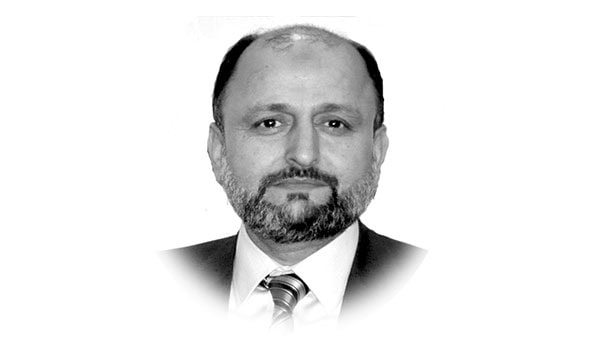Only Islamic banking is not Islamic finance
ISLAMIC Banking and Finance Summer School and Product Expo is a comprehensive and well-structured annual program organized by the Centre for Excellence in Islamic Finance (CEIF) IM Sciences Peshawar at Nathia Gali, Abbottabad.
I was at liberty by the organizers to speak on any topic determining the role of academia in the promotion and expansion of Islamic finance in the country.
When I looked disinterestedly at this aspect, I found an overwhelming tilt of academics towards the banking sector which actually is a modern commercial component of the Islamic financial structure.
Islamic financial structure remained part and parcel of historic Islamic economic system which ensured exemplary sustainable prosperity of super continental Islamic state for more than 900 years where once people were unable to find any deserving for zakat, which is one of the pillars of Islam in the form of obligatory charity with the literal meaning of the word being ‘to cleanse’, Muslims believe that paying zakat purifies, increases and blesses the remainder of their wealth.
Incidentally, the three days program of the event also depicted the same inclination of all speakers except three.
I started my talk by presenting a real case of house financing by one of our colleagues through an Islamic bank almost five years ago.
He met me after a year of availing house finance and complained that his instalment has increased, due to increase in the KIBOR, which was actually planned as diminished.
In the third year his instalment increased by more than 31% of the first instalment he paid two years ago.
Despite all Islamic jurisprudential justifications of benchmarking, the end user is suffering in terms of financial loss.
We haven’t yet secured even 20% of the share in banking despite the fact that more than 95% population considers interest (riba) as prohibited according to the study titled “Knowledge, Attitude and Practices of Islamic Banking in Pakistan” generally known as KAP Study by the State Bank of Pakistan (SBP).
It should be a deep concern for all those who are connected with Islamic banking sector where we failed to fulfil the expectations of the masses to join Islamic banking.
Banks are indeed based on profit-making to ensure appropriate returns for investment account holders (IAHs) which is probably the main indicator of their performance.
But the role of academia is entirely different; it is to develop required human resources, to groom new products and processes, to explore exciting opportunities, to identify potential segments and to provide novel directions.
In academia our all energies, intellect, efforts and resources are dedicated to the banking sector.
Training programs, conferences, seminars and roundtable discussions all are predominantly devoted to Islamic banking industry.
Therefore, flow of funds and relevant opportunities are also surrounding banking organizations.
Same is true for those religious scholars who are linked with the sector because of job opportunities and attractive career.
We, as academicians, have miserably failed to promote and develop other key constituents of Islamic financial system.
We have also failed to explore some important permissible financial solutions from the mainstream financial system, which I discussed in one of my articles published earlier this year.
Wakf is a major component of Islamic financial system which traditionally created a parallel economy in Muslim societies.
Property of any kind permanently dedicated for any purpose recognized by Islam as religious, pious or charitable and property permanently dedicated for the purposes of a mosque, takia, khankah, dargah or other shrines are called wakf properties.
Madaris are usually established in mosques, therefore, Madaris are automatically covered under Wakf Properties Act 2020.
According to a report published in 2015, there were 3.5 million students enrolled with 35,337 Madaris in Pakistan.
On the other hand, in 2017-18, there were 186 universities with 56.9 thousand teachers in the country, having a total enrolment of 1.6 million.
This suggests the significance of Madaris and wakf properties in Pakistan. Surprisingly per annum expense per student in a Madaris has been estimated at Rs 5714 rupees in 2004 and if we multiply this amount with four with the reference of the exchange rate of USD it becomes 22856 rupees nowadays means less than Rs 2000 per month even today in such a high inflation including boarding and lodging.
Irrespective of discussions about indoctrination in some of the Madaris, just imagine the scale and value of service which these Madaris are extending to the society by imparting education to millions of children of our nation.
It was the responsibility of modern-day universities and academicians to bridge the gap between Madaris and the mainstream education system.
— To be continued.
—The writer is Associate Professor Management Sciences, Head, Centre of Islamic Finance, COMSATS University (CUI) Lahore Campus.










